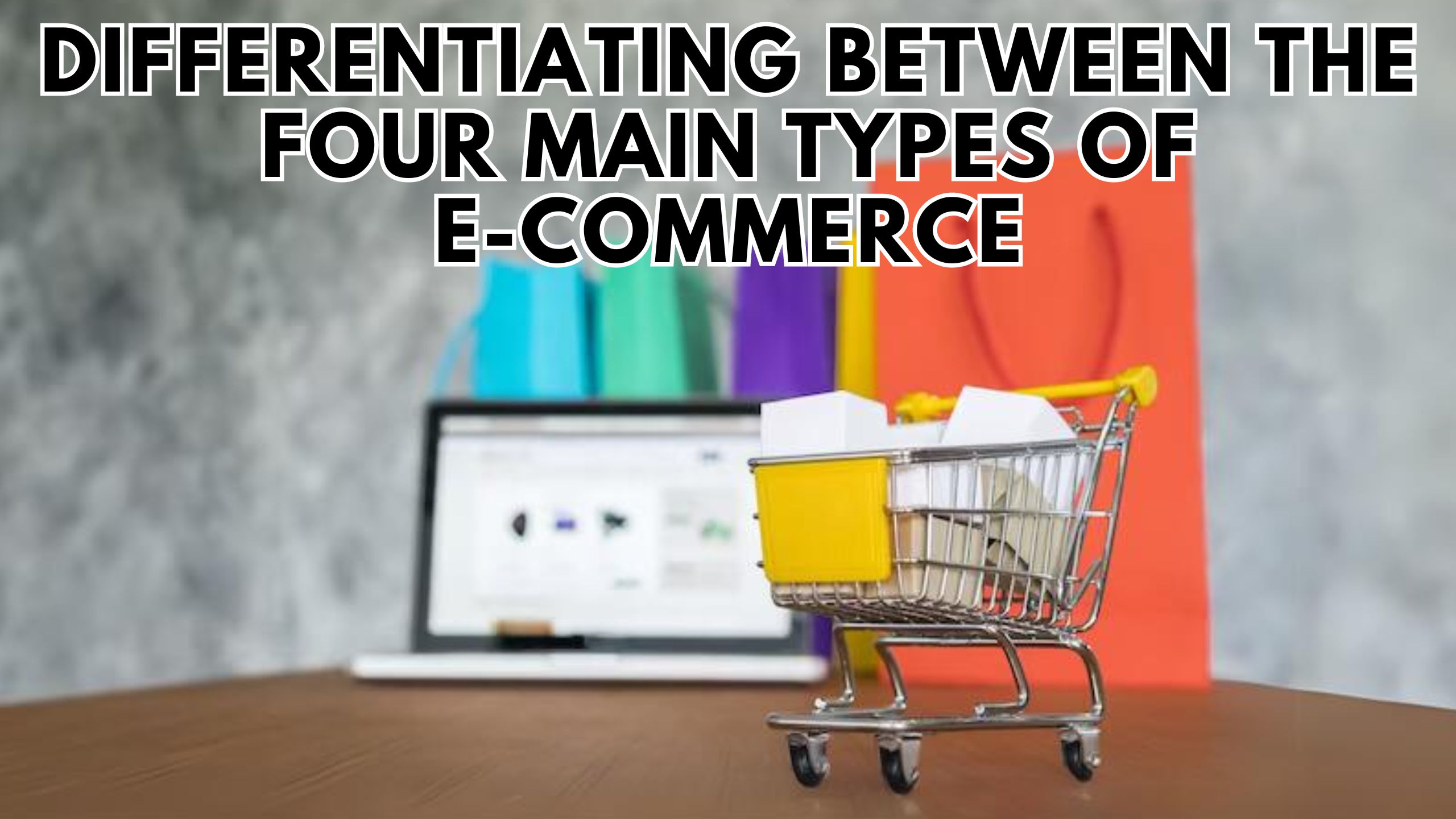Differentiating Between the Four Main Types of E-commerce


Differentiating Between the Four Main Types of E-commerce
Navigating the diverse landscape of e-commerce involves understanding the four primary types that shape online business. Join us in exploring each type thoroughly, accompanied by insights into relevant SaaS products, offering unique benefits to enhance your e-commerce journey.
Unveiling the Diversity of E-commerce
1. B2C (Business-to-Consumer)
Dive into the world of B2C e-commerce, where businesses sell products or services directly to consumers. Explore the strategies employed by companies like Amazon and eBay to capture consumer attention and streamline the online shopping experience.
2. B2B (Business-to-Business)
Discover the intricacies of B2B e-commerce, focusing on transactions between businesses. Uncover how platforms like Alibaba and ThomasNet facilitate large-scale transactions, optimizing efficiency and fostering collaboration among businesses.
3. C2C (Consumer-to-Consumer)
Explore the dynamic realm of C2C e-commerce, where consumers trade products or services directly with each other. Platforms like Etsy and Poshmark showcase the collaborative nature of this type, empowering individuals to become both buyers and sellers in a virtual marketplace.
4. C2B (Consumer-to-Business)
Delve into the innovative landscape of C2B e-commerce, where individuals offer products or services to businesses. Understand how platforms like Upwork and Fiverr redefine traditional employment models, allowing individuals to showcase their skills and expertise to a global audience.
Relevant SaaS Products for E-commerce Excellence
- Shopify: Empower your B2C e-commerce venture with Shopify’s robust platform, designed for seamless online store creation and management.
- BigCommerce: Elevate your B2B transactions with BigCommerce, offering scalable solutions for businesses to grow and optimize their online presence.
- eBay: Navigate the C2C e-commerce space with eBay, facilitating transactions between individual consumers and fostering a diverse online marketplace.
- Fiverr: Harness the potential of C2B e-commerce with Fiverr, connecting businesses with freelancers offering specialized services and expertise.
- Alibaba: Streamline large-scale B2B transactions with Alibaba, providing a platform for businesses to source and sell products globally.
Conclusion
Understanding the nuances of each e-commerce type is crucial for businesses navigating the online marketplace. Whether engaging directly with consumers or fostering collaboration between businesses, choosing the right model is pivotal for sustained success.
Elevate Your E-commerce Experience with Subscribed.fyi
Sign up for free on Subscribed.fyi and unlock exclusive deals on SaaS tools. Seamlessly manage subscriptions, compare tools, and make informed decisions to enhance your e-commerce journey.





